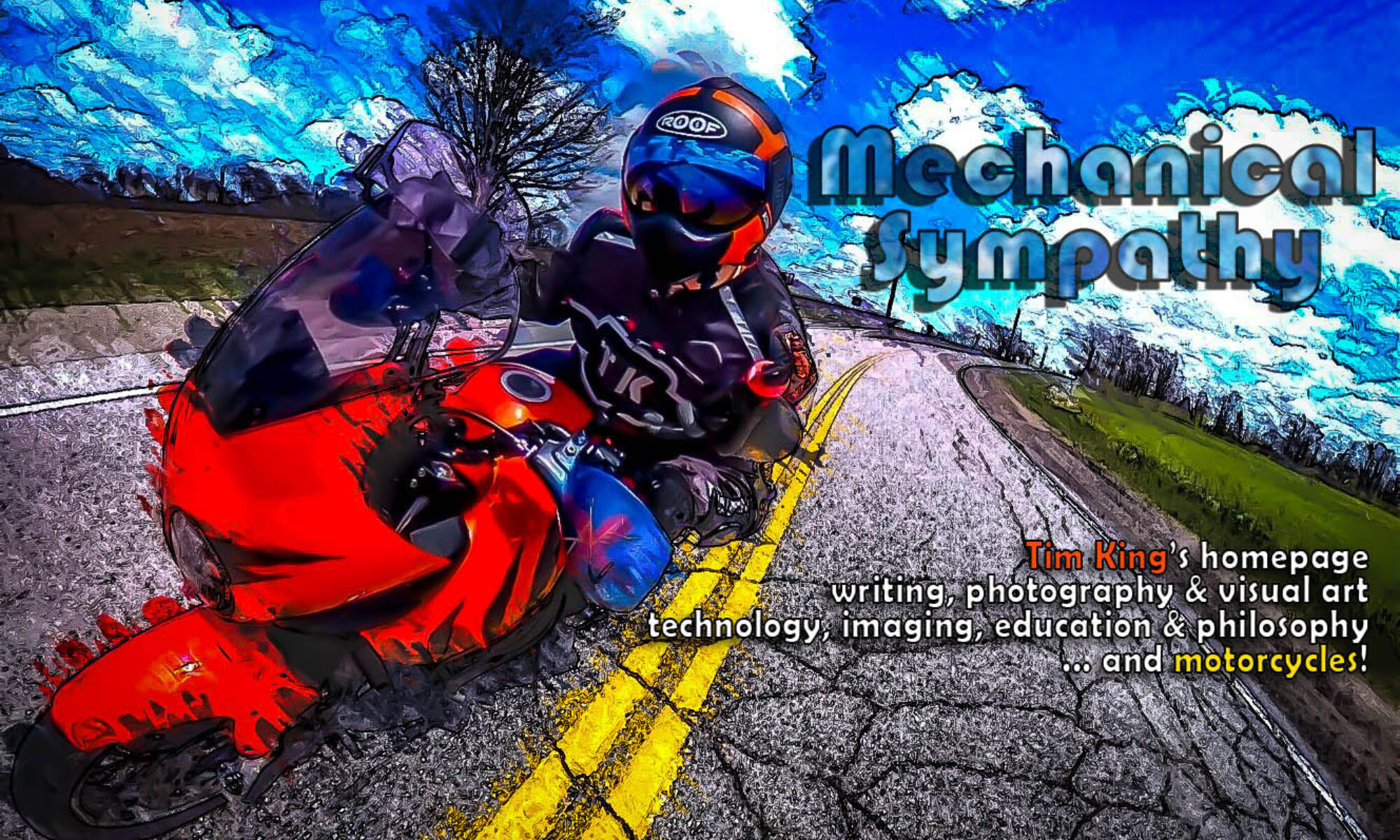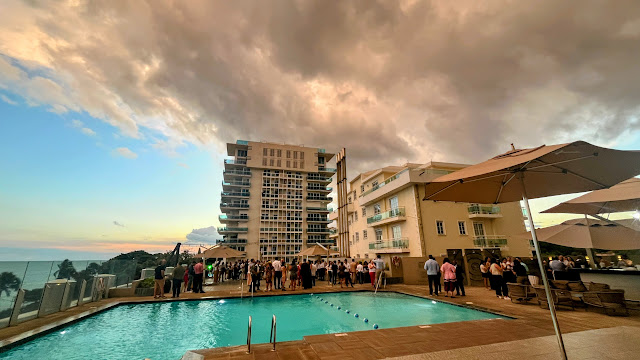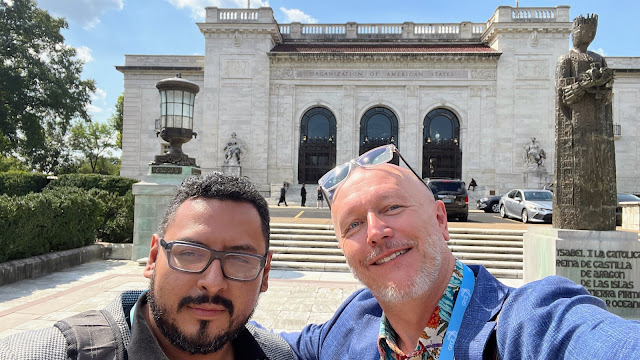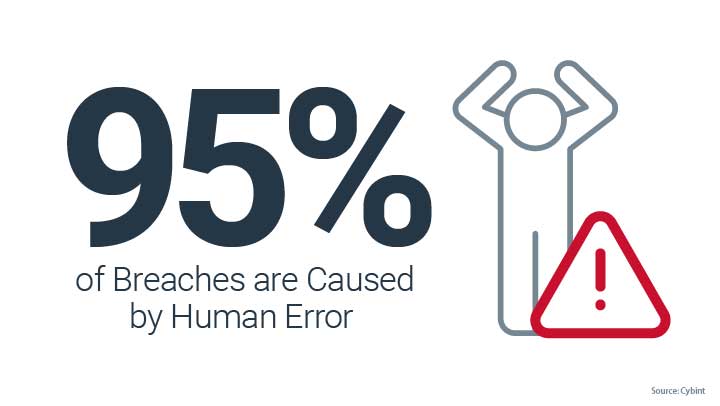Chapter 4. Previous chapters can be found in previous posts.
British Expeditionary Force
Monday, May 13th, 1940
Reims Aerodrome – Northern France
As was so often the case, Bill was
back in Scotland in the Trials. He was exhausted and the bike was hanging
together by a thread, but neither of them were going to stop. The smell of the
ancient mud and heather from highland moors filled his nose, then suddenly he
was in the pub in Fort William, and everyone was cheering as they hung his
medal above the bar. The backslapping turned to slaps. In an instance he was
back home in Norfolk, fired for taking the week off to compete and looking at
an RAF poster.
“All I’ve got to give you is blood,
toil, sweat and tears,” it said, and then he was laying in his bunk, grey
morning light filling the room. Bill was the only one in the NCO bunky, but
next door in the common room the radio was turned up. Through the static came a
familiar voice.
“We have before us an ordeal of the
most grievous kind. We have before us many, many long months of struggle and of
suffering,” static surrounded Churchill’s familiar voice.
Bill swung his legs over the edge of
the bunk and slipped on his boots. In the common room half a dozen junior NCOs
were sitting at the table listening to the radio.
“…what is our policy? I can say: It
is to wage war, by sea, land and air, with all our might and with all the
strength that God can give us; to wage war against a monstrous tyranny, never
surpassed in the dark, lamentable catalogue of human crime,” Churchill
continued. He sounded like he was warming to his subject and the words were
rolling out of him like thunder.
The men in the room were motionless,
hanging on every word.
“…what is our aim? I can answer in
one word: It is victory, victory at all costs, victory in spite of all terror,
victory, however long and hard the road may be; for without victory, there is
no survival.”
“Quite,” Sergeant Michaels said,
taking a sip of his tea.
Bill walked over to the pot and poured
himself a cup and leaned back against the wall to listen.
“… I feel sure that our cause will
not be suffered to fail among men. At this time, I feel entitled to claim the
aid of all, and I say, ‘come then, let us go forward together with our united
strength.’” There was a silence at the end of the speech before the announcer
cut in explaining that this had been recorded this morning in an emergency
meeting of Parliament.
Bill looked around the room.
Everyone was stony faced. The radio announcer suggested that Churchill had
forced Parliament to open for that speech.
“Is Churchill Prime Minister now?”
Bill asked.
“He got the job last Friday, mate,”
Michaels laughed. “Where have you been?”
“In Belgium,” Bill replied absently,
sipping his tea.
The junior NCOs exchanged glances.
“Why on earth would you want to go
there?” Michaels asked.
“Someone asked me to give them a
hand blowing up a bridge,” Bill replied. He was still a bit foggy after the
long sleep.
“Did you manage it?” Michaels asked,
sharing an incredulous look with the other NCOs.
“One less bridge for Gerry to supply
petrol over,” Bill repeated what he’d said to Grimes the evening before.
“Meet any Germans?”
“A few too many, actually.”
“Right, give us the details!”
“I was the rabbit; I made a
distraction and drew them away so the demolition boys could finish the job.”
“Jolly good, Corporal,” Michaels
raised his mug.
“How are things here?” Bill asked.
“Lost three Hurricanes over the
weekend. Another two are on fire outside this morning, but the weather’s closed
in so hopefully we’ll have a day or two to get ourselves sorted.”
“Are we winning?” Bill asked,
looking at the white faces.
“If we’re not, we’re making them pay
for each step,” Corporal Allings said. The other men in the room murmured in
agreement.
“Bloody right,” Bill replied,
raising his cup to the room of tired men. “Want to see the latest in Nazi
fashion?”
Everyone’s eyes lit up, so Bill put
down his mug and dug the SS uniform out of his barracks box. Laying it out on
the table it was a grand looking thing, though a bit grotty from the long ride.
Say what you will about Nazis, but they design smashing uniforms.
“This is SS, isn’t it?” Allings
asked, running a finger over the shoulder badges.
“It is,” Bill replied, “it’s a
Scharführer SS uniform. They told me the equivalent of a sergeant.”
The men looked over the uniform with
interest. After months in country this was the first time any of them had seen
an enemy uniform up close.
“Got the hat with it?” Rawlings
asked.
“Just the big stormtrooper helmet,
but I left it with the bike.”
“BMW R12?” Corporal Smith asked.
He’d been one of the first to take the two-wheel training and had gotten into
motorcycling magazines since.
“Yep, boxer twin, telescopic forks.
It handled better than it should have and flatters the rider. If you’re ever
being chased by one you want to get a move on, or they’ll catch you up.”
“Did they let you hang on to it?”
“No,” Bill said with some regret. “I
had to leave it on the grounds of a Belgian castle.”
“It happens,” Michaels laughed.
Someone had gotten a tray of bread
and bacon from the mess and were putting together sandwiches with the tea. Bill
fell in with them for breakfast. After such a mad weekend it was nice to see
familiar faces and chat.
Even
with the weather closing in the airfield was a constant buzz of activity. So
many planes weren’t returning or were landing in pieces that it was becoming
obvious to everyone at Champagne-Reims that things weren’t going well. Being
centralized with bomber squadrons made the members of Seventy-Three aware of
just how badly things were getting as the bomber crews were constantly being
swapped for fresh faces.
Bill sorted out the bikes and then
lent a hand moving fuel bowser around. Midafternoon, under low cloud and heavy
drizzle, he was filling up a bowser when the drone of German bombers sent
everyone into a frenzy. Bombs started dropping across the airfield, concussing
the air, and flattening the wet grass with each explosion. Bill kept the spigot
on. If one landed on the trench you were in you were done anyway, and
Hurricanes couldn’t intercept if they were empty. The raid had been well timed
as most of the squadron had just returned from patrol after the morning rain
had lifted.
No buildings were hit but two of the
runways were damaged. Ten minutes later they were being filled. Bombing was an
inexact science. It did more damage to morale than the apparatus of war,
perhaps that was reason enough to do it.
Bill finished the refill and
navigated the heavy lorry over the rutted earth, staying clear of where the
planes taxied and took off. Pulling up to the squadron’s line of Hurricanes,
pilots were either jumping out of their planes to take a comfort break before
going up again or were necking a sandwich and a mug of tea, often both. The
ground crews swarmed around the bowser, running lines out to the nearest plane
and began refueling. Bill climbed out of the cab and stepped aside. Nothing
worse than a bystander in the way.
“Corporal Morris,” Flight Sergeant
Grimes was striding across the wet grass towards him. “Got a minute?”
“Yes, Flight,” Bill replied, wiping
his hands on a rag, and walking over to meet him.
Grimes glanced around to make sure
they were out of earshot, but everyone was too busy to listen in any case.
“Bit of bad news,” Grimes began
quietly. “We’ve lost an entire squadron of Battles in one go. They went down at
the Belgian border just northeast of Sedan in the Ardennes.”
“The Germans hold Sedan, don’t
they?”
Grimes nodded, “They’re well behind
enemy lines. At least two of the planes landed with full crews. They managed to
radio in before going down.”
Grimes was poker faced which left
Bill wondering what the ask was. Grimes
seemed to be struggling with it himself.
“The squadron senior NCO is an old
friend,” Grimes finally continued. “He’s taking this badly. They’ve already
lost their entire squadron once before and this one will break them. They need
a win. I thought you might be able to think of something.”
“How many crews are we talking
about?” Bill asked.
“Two-Two-Six had all six of their
Fairies on a bombing raid near Les Mazures on the Meuse River. If they all
survived it would be eighteen men, but that’s an optimistic estimate.”
As ridiculous as the question was,
Bill was already trying to work out how to do it.
“In a pinch, that Citroën TUB could
hold that much weight. It wouldn’t be comfortable, but it’d hold them,” he
finally replied.
“It’s not an order,” Grimes said,
“but if you’re willing to try and get them, we have coordinates that’ll get you
close.”
“I don’t want to see that many
airmen left behind,” Bill replied. “I’ll do what I can.”
“Thank you, Corporal. Good luck,”
Grimes turned and walked briskly back to the temporary HQ.
With the rest of the squadron doing
double duty to keep planes in the air, Bill was able to run around behind the
scenes putting together a plan with notes heavily cribbed from Biffy’s bridge
adventure. He fueled up the Citroën and the Tiger and took everything else out
of the nondescript civilian van. It would make him invisible, but the real
trick was to avoid any German entanglements, he knew a man who might help with
that.
Bill rode the Tiger around the
perimeter of the massive aerodrome to the main French HQ. It was lunch time so
hopefully he’d be able to find Pierre in the officer’s mess. Stepping in from
the rain, he brushed himself off and looked around. Several French officers had
stopped eating and were looking at the damp RAF corporal standing in the door.
From the back of the room by the window a familiar voice rang out.
“Corporal Morris!” Pierre stood up
smiling with a wave. “Join me!”
Bill smiled back in relief. He’d
gotten the distinct feeling that he was about to be yelled at in French.
Walking past the annoyed stares, he took the empty seat across from Pierre.
“You look worried,” Pierre noted
over a meal that put the RAF mess to shame. “Want some coffee?”
“Yes please,” Bill replied,
shivering from the damp.
Pierre filled a porcelain cup with
spectacular smelling coffee. Fighting a war in your own country had its perks.
“What can I do for you, damp
Corporal?” Pierre asked, handing him the cup.
Bill took a sip and then looked
Pierre in the eye.
“We lost an entire squadron of
Fairey Battles this morning. They’ve gone down in the Ardennes northeast of
Sedan. My Flight Sergeant is wondering
if I can go get them.”
“That’s thirty kilometres the wrong
side of the German line,” Pierre said, “and a lot of people to try and fit on
the back of a motorbike.”
“I’ve got a civilian Citroën TUB
that should hold them,” Bill replied.
“Of course you do.”
“What I’d really like to do is avoid
any enemy entanglements. Do you have any idea where they’re concentrated up
there?”
Pierre took a sip of coffee and gave
it some thought.
“I can find you some of the latest
reconnaissance from the area, but they won’t be happy to see an RAF enlisted
man in there. Wait in the Quartier General front office. Tell them Captain
Clostermann has asked for you and they should leave you alone.”
“Thanks, Pierre.”
Both men drained their coffees and
stood up. Bill followed Pierre out of the officer’s mess as many eyes followed
them.
The Quartier General was a permanent
building with heat, which Bill found magical after a winter living in various
forms of temporary shelter. The officious git at the front desk could speak
English but was determined not to. Bill finally got a dismissive gesture
towards chairs in the lobby and went and sat in one. Pierre appeared a few
minutes later with a notebook full of scribbled details. He sat down next to
Bill in the waiting area and started a rapid fire debrief.
“Most of the German activity is on
the east side of the Meuse. That river, eh? They have a major supply line
running down the road from Hargnies that we’ve been trying to hit for the past
week, but they provide strong air cover over it. Maybe head north to Vervins
and then come in from that way, you’re only likely to meet light patrols. Their
main push is into Sedan and then south.”
Pierre hesitated, closing the
notebook, “Just because they are looking the other way doesn’t mean this will
work William. Are you sure you have to do this?”
Bill smiled tightly, “I don’t have
to do anything, but I don’t want people feeling hopeless and that’s how things
are starting to get over our way. If I can nip in and get a few boys back home,
it’ll help.”
Pierre nodded, “Bonne chance, mon
ami.”
They stood together and shook hands.
“I’ll pop by later in the week and
tell you how it went,” Bill smiled.
“I’m sure you will,” Pierre replied,
though the worried look in his eyes didn’t go away.
With everyone running about putting
their planes back together again, the barracks and mess were empty. Bill ate
alone before dinner was scheduled. The ceiling had dropped to only a few
hundred feet making visibility poor and grounding the planes, it was going to
be a cold, damp evening. After getting food into him, Bill filled a thermos
with tea and put together a sandwich to bring along. As everyone else was
coming in for dinner, Bill headed out into the rain. The Citroën had
non-descript grey paint that faded into the wet landscape. It was going to be
such a handful unloaded that driving it in the wet made Bill distinctly
uncomfortable. That’s when inspiration struck. Why not put a bike in it and
ride back? If he vacated the van and let the aircrew drive it back, more of
them would fit in the van.
The obvious choice was the only
non-RAF bike he had: Louis Jeanin’s Tiger. The brace of Nortons and the lone
Triumph were all sitting under a dripping tarpaulin. The Tiger was still
cooling from the ride over to Pierre. Bill eased it out from under the tarp and
rolled it over to the van. Dragging a plank from the bike shed and setting it
as a ramp, he pushed the Tiger up into the van and tied it to the side with
bits of rope. If the Citroën stopped bouncing about so much, he might not end
up in a ditch.
With another couple of hours until
dark, Bill shut the doors and double checked that the radiator was full, and
that the engine had oil. He also went over everything with an oil can and
checked and filled the tyres. The strange layout of the TUB made this a bit of
an adventure but knowing where everything was seemed prudent, though doing it
half under a tarp in pouring rain wasn’t fun.
Watching Biffy check the details and put his bridge demolition plan
together had given Bill some idea of how to ensure success when a job had so
many potential surprises.
As everyone else went back to
putting their planes back into service, Bill hit his bunk and tried to sleep.
He must have had a kip because the next thing he remembered was the sound of
the other junior NCOs coming in after a long day on the field. He sat up and
began putting his civilian clothes on. When he came through out of uniform the
conversation around the card table stopped.
“That looks like trouble,” Michaels
observed, putting his cards down.
“Off to see if I can bring some
Fairey Battle crews back,” Bill replied, snagging a mug, and filling it from
the ever-present tea pot.
“Long way to go?” Michaels asked.
“Ardennes,” Bill said, sipping his
tea.
“Isn’t it full of Nazis?” Allings
asked with a look of concern.
“That’s the tricky bit,” Bill
replied, draining the tea.
“What’s the plan?” Michaels’
curiosity mirrored the room’s.
“Drive the Citroën van up there.
Pretend I’m French and hope any Germans I ran into aren’t because my French
won’t take it, find the crews, hand them the van and then ride back providing
cover.”
“Think it’ll work?” Michaels asked.
“I’m about to find out,” Bill
smiled, pulling on his dark blue fishing gansey and stepping out into the rainy
night.
The hand knitted fisherman’s gansey
was a gift given to him the day before he enlisted. It was a reminder of
someone special at home, and it was remarkably good at repelling water, which
would be handy tonight. She’d made it in her family pattern, and it was a
unique thing. In the uniformed world of war, he had little chance to wear it.
The TUB fired up even though it had
been sitting in the wet. As weird as the van was, you had to admire the
engineering. Bill looked over his shoulder. The Tiger crouched in the back of
the van staring back intently with its slotted black out headlamp. The chance
to ride it again, this time possibly in anger, sent a thrill up Bill’s spine.
He put the van in gear and bounced
over the rutted, wet field toward the gate. If they gave him any stick, he’d
have them contact Grimes, but the bored French MP at the gate gave him a wave
when he pulled up and he was through into the kind of darkness you only find in
the countryside at night in the rain.
With
the Tiger in the back the Citroën was manageable. Bill made good time north
through the weather which was more tedious than terrifying. He pulled into
Signy-l’Abbaye, on the edge of the Ardennes Forest just before midnight and
turned off the lights. Sedan was east of him, and Pierre’s notes had suggested
that this was where all the German attention was. He hadn’t seen another
vehicle on the road having stuck to small back roads all the way up.
Using a torch, he scanned the map.
Les Mazures was a village deep in the forest just west of the Meuse River, the
same waterway they’d crossed in Belgium, but down here it was a much smaller
river. With the rain and now a forest, Bill couldn’t have asked for better
cover, but good cover also meant poor sight lines. He could easily round a
corner to discover a hundred Nazis having dinner.
He
turned the headlamps on and put the TUB into gear before rolling under the
deeper shadows of the trees. The road followed a tributary that would
eventually feed the Meuse. The running water was producing its own mist,
cutting visibility even further. He passed through Villaine, another forested
village where all the cottages and shops were dark, but on the outskirts, he
saw a light ahead and pulled off the road onto a dirt path and turned
everything off.
Looking at his map again by
torchlight, he was less than ten miles from where the Fairey crews had gone
down. As he double checked the map a heavy-duty vehicle rumbled past on the
road behind him. The lightless TUB sitting in the shadows hadn’t drawn any
attention. That had been a big, military lorry, possibly a troop carrier. A
familiar sound followed as a pair of sidecar outfits passed by, and then Bill’s
heart jumped in his chest, the mechanical groan of a treaded tank was getting
louder.
Staring at the rear-view mirror,
Bill sat motionless in the shadows. He’d seen tanks but never up close, he was
in the wrong branch of the service for that sort of thing. A Panzer heaved into
view behind him, making quick progress down the country road. It had a bright
spotlight on it that was scanning the forest. Bill could make out the manned
heavy machine gun mount on top next to the spotlight. That gun would turn his
van into Swiss cheese in seconds. The light swept across the Citroën as the
Panzer rolled down the road, but it didn’t hesitate; a nondescript French
delivery van was the best possible camouflage.
Behind the Panzer another large
lorry passed and finally something smaller, maybe one of those little square
Kübelwagens he’d seen at the Luxembourg border last week. Was that only last
week? As the convoy of mechanized soldiers thundered into France unimpeded,
Bill’s heart started to slow down. The dirt road continued into the forest
ahead. He’d intended to fire up the TUB and drive hard into the woods had they
stopped, but his civilian camouflage and going to ground had done the trick.
He gave it a minute more and then
started up the van and backed it out onto the road. The pavement was in rougher
shape after being churned up by the Panzer, so slow and steady it was. Knowing
that mechanized unit was blocking their way out was something to keep in mind.
Along with the heavy machinery, there must have been dozens of men in those
vehicles.
Chapter 5 can be found here.
from Blogger https://ift.tt/oNFj8Kd
via IFTTT



































































.JPG)















